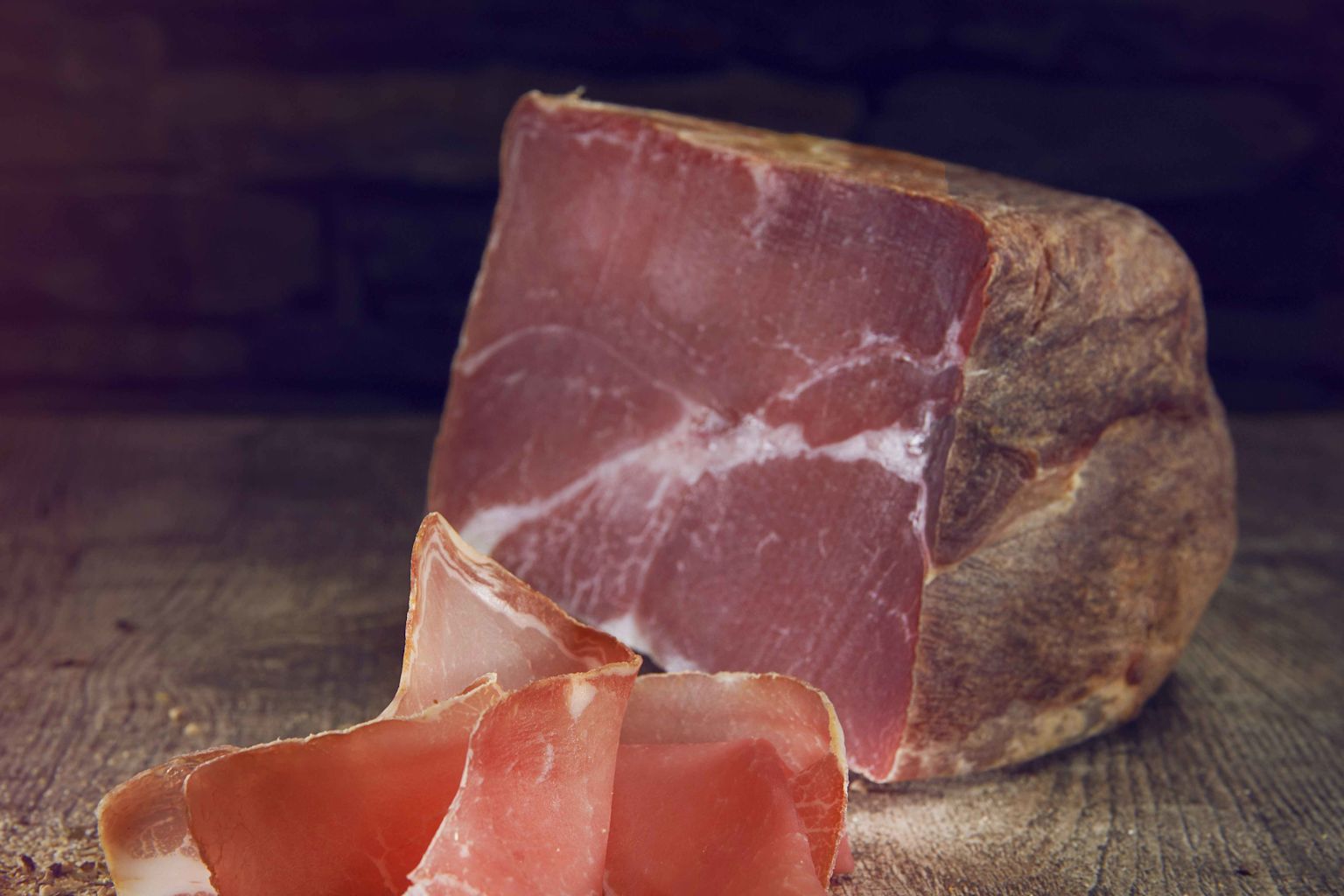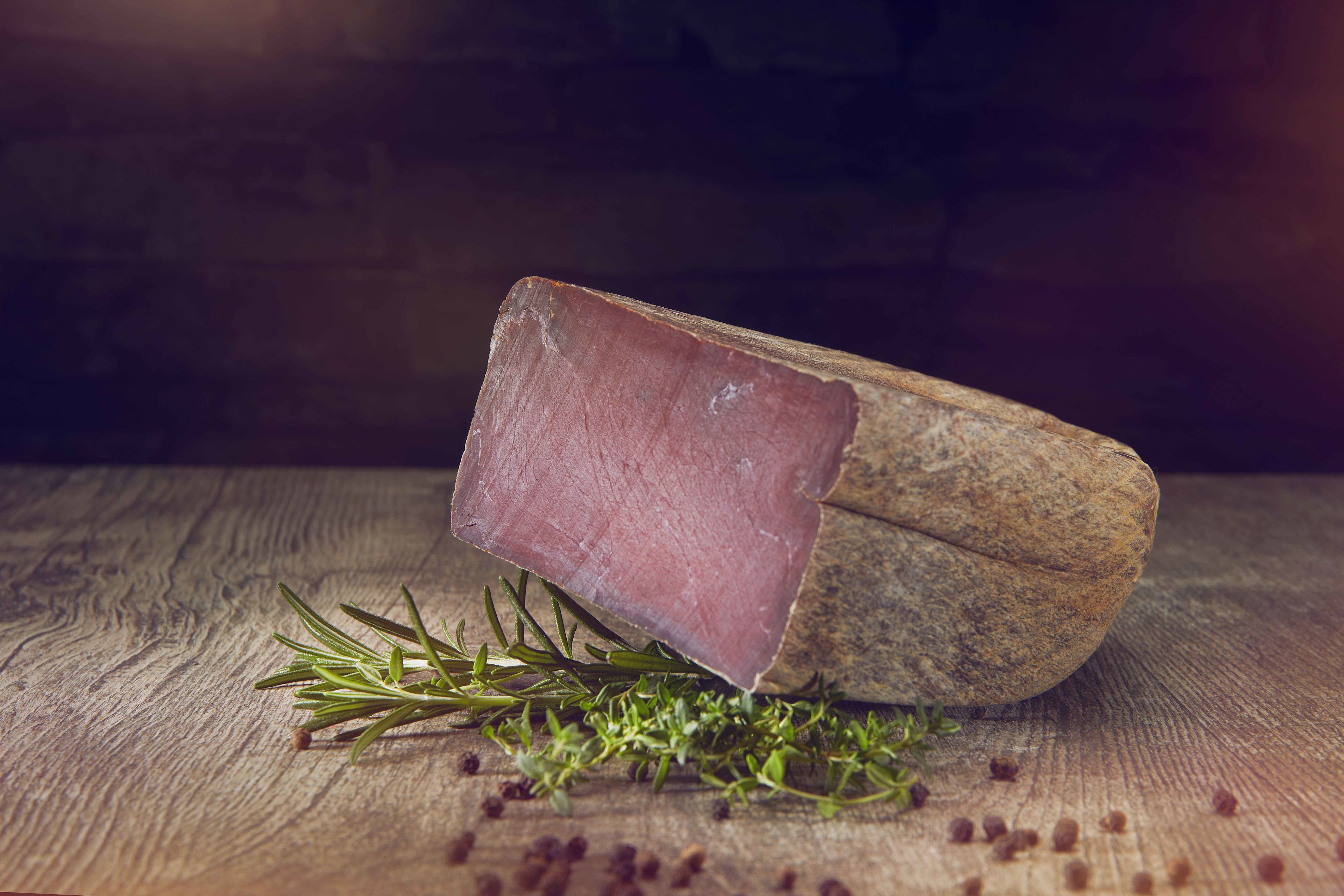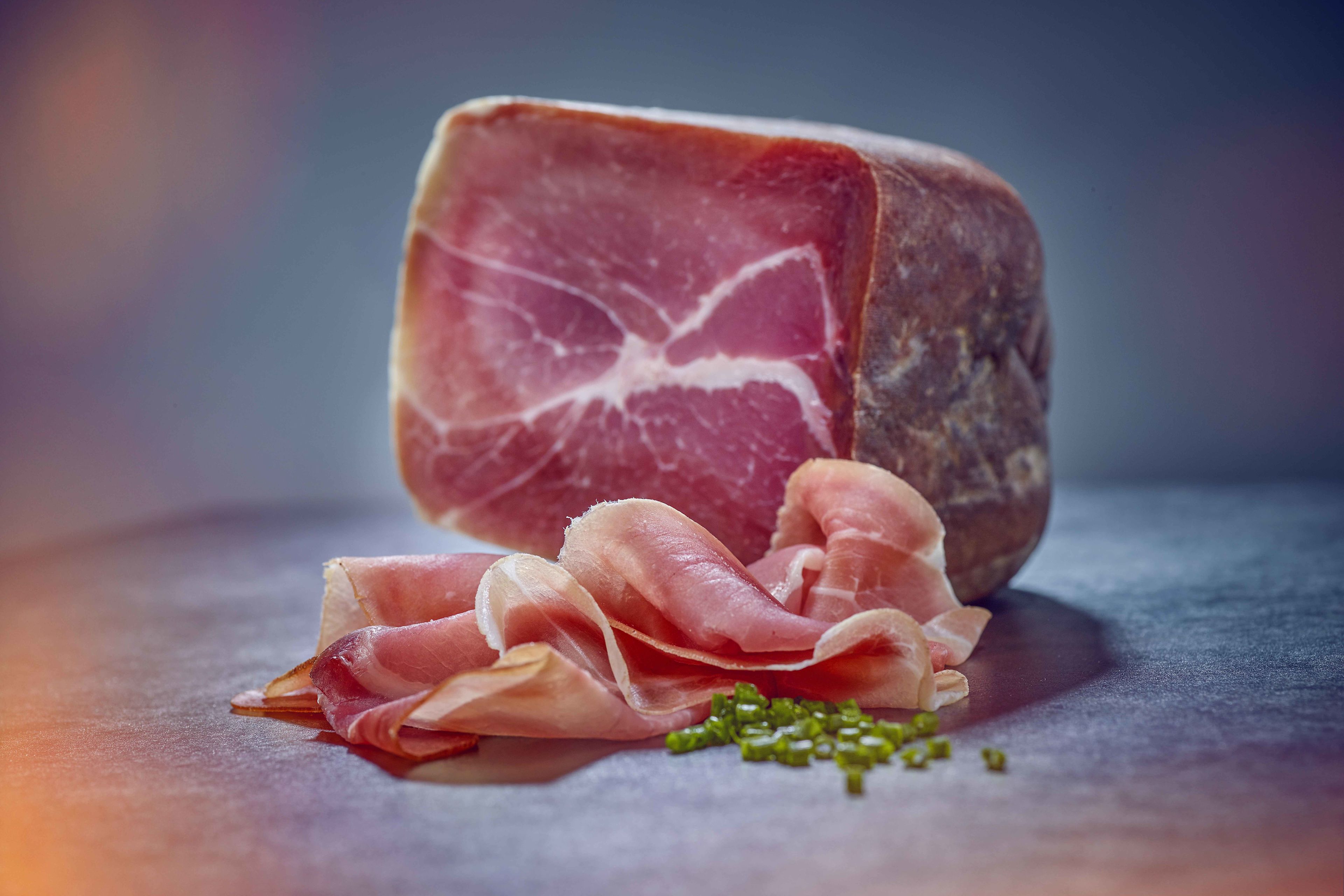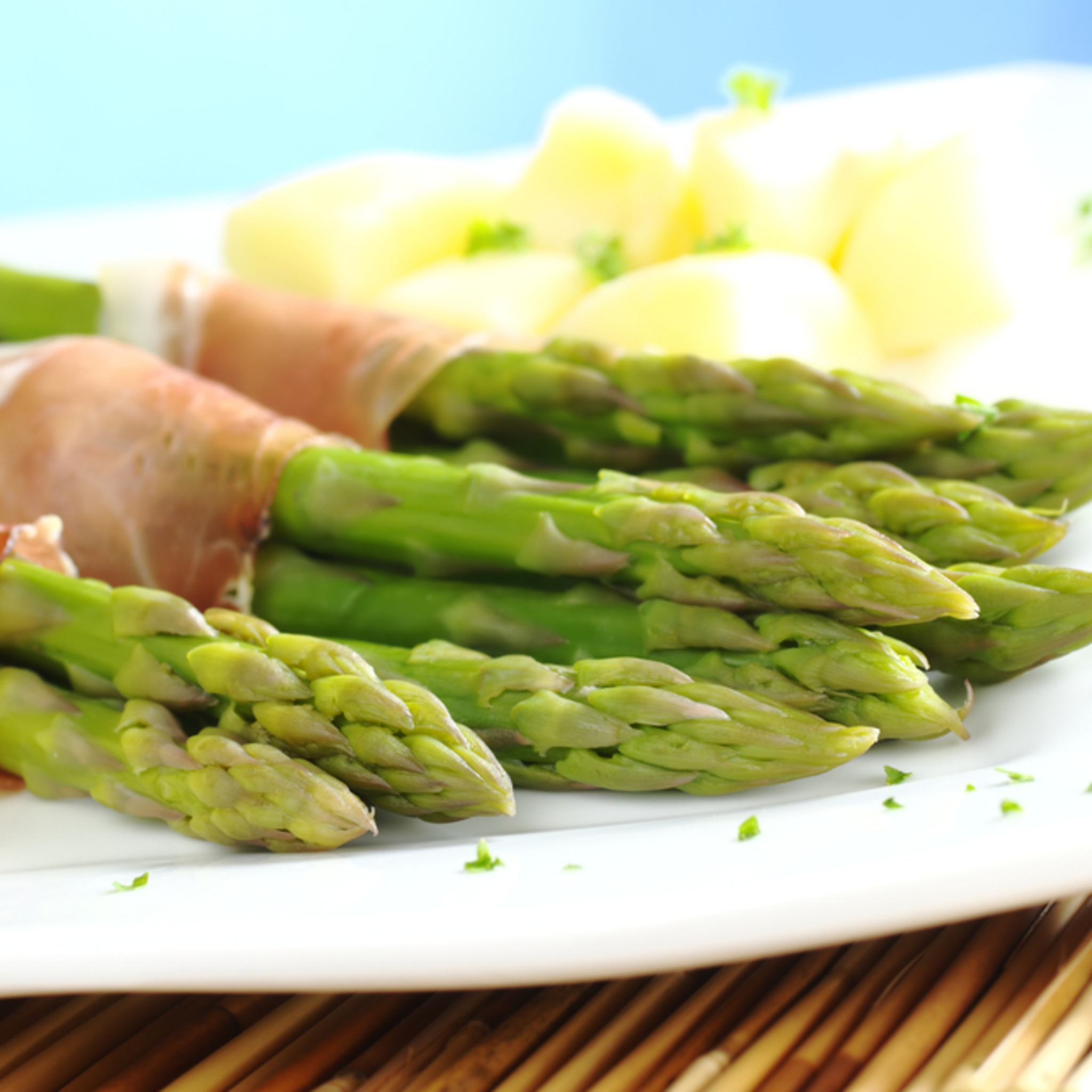Valais meat specialities

The subtlety of flavours
Good to know
Season: all year
Composition: beef or pork, salt, spices. Packaged in a single piece or pre-sliced.
Storage: in a dry place, away from the light. Keeps several weeks.
Area of origin: the milk is produced and the cheese is made only in Valais, in a dairy or at a farm on the alpine pastures
History: because of the tough climate in the Alps, the ability to build up lasting food reserves has always been vitally important for local people. These methods of preserving meat by seasoning and drying have been passed down from generation to generation in Valais.
Valais dried meat
Valais dried meat is made exclusively with Swiss beef. It is not smoked. The pieces of meat are carefully chosen from the leg. The cuts are covered with a blend of salt and spices, unique to each producer: these recipes are a jealously guarded secret. Each piece of Valais dried meat is therefore the product of unique expertise – which also ensures a diversity of flavour in different Valais dried meat. The meat is then hung up and dried for 5 to 16 weeks, depending on the size of the piece. Producers monitor the drying process daily, examining the meat and checking its aroma to ensure that it is maturing correctly. It is during this phase that the full flavour develops. Finally, the meat is pressed: this opens the pores of the meat to enable it to breathe and also gives the meat its rectangular shape.

Valais cured ham
First of all, the pieces of meat are rubbed with a blend of salt, spices and aromatic herbs, and then chilled. Thanks to the juices in the meat, a brine forms. The pieces of meat are usually packed in a stocking or a net on removal from the brine, and then steamed for several days. Drying and pressing follow. Pressing serves to open the pores of the meat and give it a uniform shape. The minimum duration of processing, including salting, drying and aging, varies from 6 to 10 weeks. Sometimes drying takes place in the fresh air. Producers who still have a traditional “raccard” – a wooden barn whose rough construction allows the passage of air between the timbers – take advantage of the unlimited fresh, dry air of the mountains. Nowadays, drying usually takes place in rooms with controlled temperature and humidity. Valais cured ham IGP is never smoked.

Valais cured bacon
Pork belly is used for making Valais cured bacon. The meat, cut into rectangular slabs, is rubbed all over with a blend of salt, pepper, spices and aromatic herbs; the recipe varies from one producer to another, but is always a jealously guarded secret. The pieces of meat are then placed in brine in large vats in a cool room, where they absorb the flavours of the seasoning mix for several days. The drying stage follows: the slabs of pork are hung from a string in a cool and well-ventilated location. The minimum duration of processing the Valais cured bacon, including seasoning, drying and aging, is 4 weeks. During the drying process, the meat loses at least 30 % of its weight compared with fresh pork. The slabs of meat are pressed several times during the drying phase to give them their rectangular shape and a final thickness of about 3 cm. Valais cured bacon IGP is never smoked.

Criteria for the IGP label
Meat from Switzerland (there are not enough cattle in Valais to use exclusively Valais beef) Processing in Valais Adherence to production specifications Analyses and blind tastings Checks by an independent body

The secret of the herbs
Each producer has his or her own recipe for the blend of herbs and spices, which remains a jealously guarded secret. However, the most popular are: Basil, Bay leaves, Cloves, Coriander, Garlic, Juniper, Lovage, Marjoram, Nutmeg, Oregano, Pepper, Rosemary, Sage, Savory, Tarragon and Thyme.
Other plants may be used, but they must not dominate the blend. However, it is not permitted to use spices or plants that add colour, such as turmeric or paprika.
How to enjoy
With drinks as part of an “Assiette valaisanne” (Valais platter), on a buttered slice of rye bread or to accompany a Brisolée (Valais dish of roasted chestnuts served with cheeses and cured meat). White and red wines both go well with dried meat, cured ham and cured bacon.





















